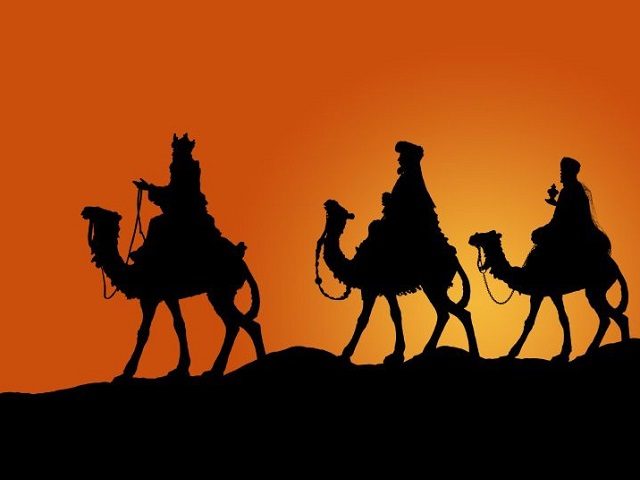Despite attempts by modern biblical scholarship to debunk the gospel account of three magi visiting the newborn Jesus in Bethlehem, the stories were “historically true” according to extensive research by author Dwight Longenecker.
In his new book, Mystery of the Magi: The Quest to Identify the Three Wise Men, Longenecker, a scholar and Catholic priest, states that an impartial study of the relevant data “shows beyond reasonable doubt” that the Magi of Matthew’s gospel were historical figures.
For many years, Longenecker writes, skeptical scholars have rejected the possibility that the infancy stories about Jesus could be historical for a number of reasons, such as the fact that they contain supernatural elements.
“The first problem with this is that the skeptic simply assumes supernatural experiences are impossible, therefore any story that contains supernatural elements must be a fanciful invention,” he notes.
“In the early twentieth century, Bible scholars began to write off the stories of Jesus’ birth—especially the story of the wise men—as pious fantasies,” he continues. “They did so without considering if the stories might, at least, be rooted in real events.”
Because of this prejudice, most scholars never did the necessary research to “sift out the historical element buried beneath levels of legend,” he says.
Moreover, the idea that there might be a historical basis to the magi story “became an academic no-go zone,” Longenecker says. “When one’s academic reputation might be at stake the motivation to challenge the academic dogma and entertain the possibility of a historical basis to the magi story becomes even more remote.”
As one Biblical scholar noted: “If you want a career in New Testament scholarship that’s somewhere you just don’t go.”
As a result, within the vast realm of Biblical scholarship there is surprisingly little research and writing on the stories of Jesus’ birth, and there is almost nothing which takes seriously the possibility that the story of the wise men is historical, he says.
Assuming that the Magi story is pious fiction, scholars have not bothered to investigate the political, historical, geographical and cultural connections that come together to show that the visit of the Magi was historical.
In this work, Father Longenecker sets out to fill this lacuna in Biblical scholarship, examining the possible identities of the three men know simply as magi, wise men, or kings.
Longenecker comes to the conclusion that the visitors from the east were historical figures, and most probable Nabataeans, who “shared an ancient ancestry and world view with the Jews.”
Herod the Great, as it turns out, was brought up by the Nabataeans, and with a Nabataean mother, was forging an alliance with the Nabataean king at exactly the time of Christ’s birth in 6 BC.
“As Herod was old and ailing, it makes perfect sense that the Nabataean wise men travelled to Jerusalem on behalf of their king to pay homage to Herod’s heir,” Longenecker suggests.
While Biblical scholars as a body give little credit to the infancy narratives of Jesus, this does not reflect the faith of common Christians.
A recent study by the Pew Research Center found that a majority of Americans still believe in the essential elements of the Nativity story surrounding the birth of Jesus Christ in Bethlehem.
A full 68 percent of Americans, in fact, say that the three wise men were guided by a star and brought gifts of gold, frankincense and myrrh to the infant Jesus.
An absolute majority of American adults—57 percent—believe in the full biblical account of Jesus’ birth, with all of the elements related by Saints Luke and Matthew in their gospel narratives, Pew found.
Follow Thomas D. Williams on Twitter Follow @tdwilliamsrome

COMMENTS
Please let us know if you're having issues with commenting.